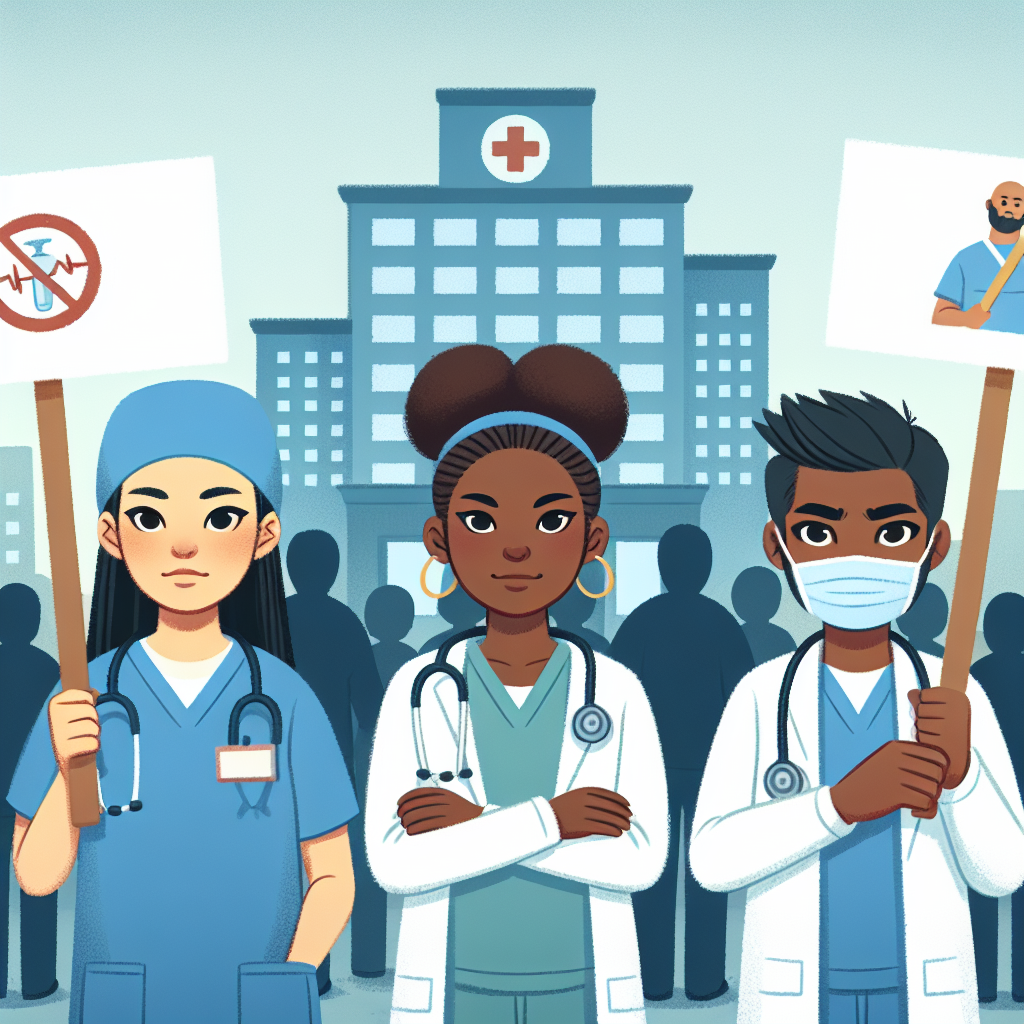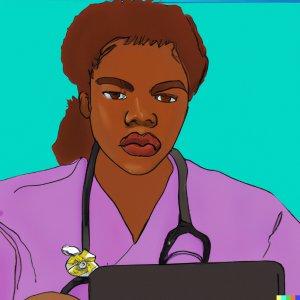
The Impact of Worker Strikes on Public Health Systems
Public health’s challenges come from all over.
Not just from the ongoing challenges of pandemics and health crises, or federal mandates, but also due to disruptions within the healthcare workforce. A notable example is the ongoing resident doctors’ strikes in England, raising significant questions about the impact of labor actions on public health systems.
The Background of Strikes in the NHS
The National Health Service (NHS) in England has been facing one of its most challenging periods due to industrial actions taken by resident doctors. These strikes, as reported by the BBC, stem from disputes over pay and working conditions. Such industrial actions are not unprecedented but highlight a recurring issue in public healthcare systems: the balance between adequate compensation for healthcare professionals and the financial sustainability of healthcare providers.
Consequences of Strikes
- Patient Care: With resident doctors on strike, hospitals struggle to maintain both emergency and non-urgent services, resulting in delayed treatments and an increased workload for the remaining staff.
- Public Health Risks: Extended wait times and reduced access to care can exacerbate health outcomes, particularly for vulnerable populations.
- Systemic Strain: As highlighted by the ongoing debates documented in various media, strikes place additional strain on the already burdened NHS infrastructure.
Broader Implications and Global Context
Labor strikes in healthcare are not limited to the UK. Globally, financial constraints and workforce dissatisfaction have led to similar actions, stressing the importance of institutional resilience in public health systems.
For instance, the UN has repeatedly emphasized the need for effective partnerships to prevent future health crises, as seen in their coverage of pandemic preparedness (UN News). Efficient healthcare systems rely heavily on the stability and motivation of their workforce, making labor disputes a critical area of focus for ensuring overall system efficacy.
Preventive Measures and Resolutions
- Policy Reforms: Governments and health authorities must engage in constructive negotiations to address pay disparities and improve working conditions.
- Investment in Health Infrastructure: Increasing funding for healthcare systems can mitigate some of the financial tensions leading to strikes, as suggested by various UN reports urging for health financing reforms.
- Technology and Innovation: Leveraging technology to reduce workload and enhance healthcare delivery, as highlighted in articles from The New York Times, can provide long-term solutions to avoid workforce fatigue and dissatisfaction.
Future Directions
The intersection of labor rights and public health is both sensitive and essential. Achieving a sustainable balance necessitates careful policy-making and open communication among all stakeholders. Therefore, it is crucial for governments to anticipate and proactively manage these dynamics to protect public health from the cascading effects of workforce disruptions.
Ultimately, ensuring that public health systems can thrive amidst challenges requires both systemic resilience and continuous investment in human capital.



